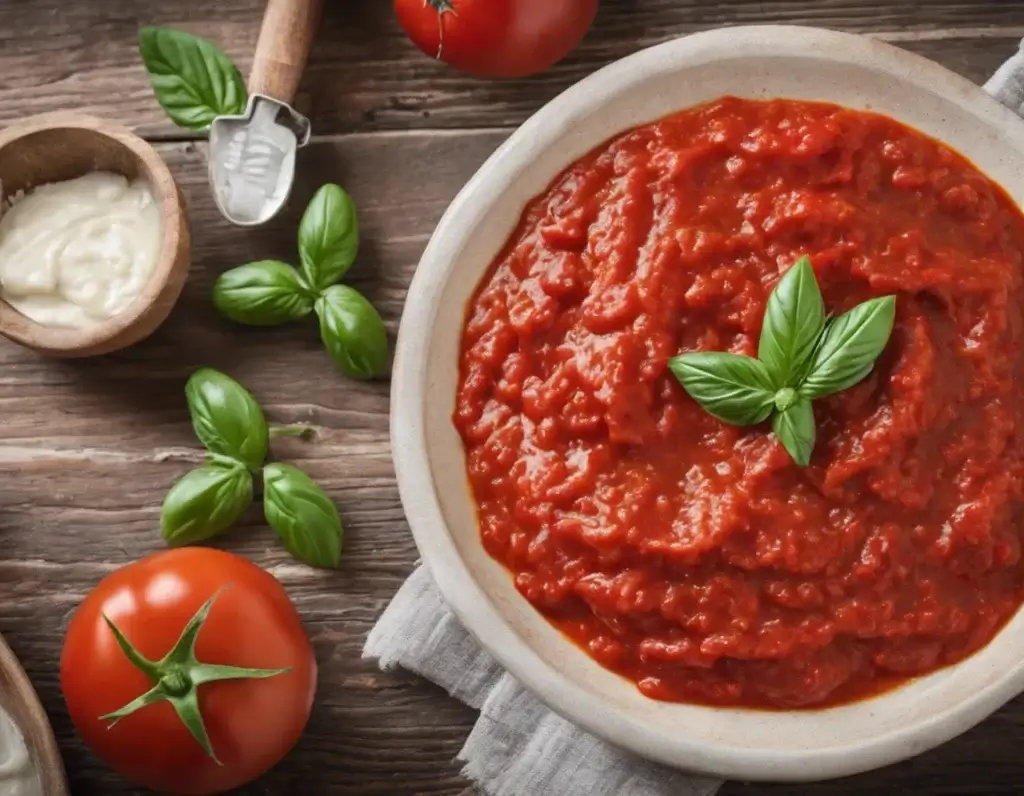Dive into the saucy world of marinara vs. tomato sauce, and discover 20 flavorful differences that’ll make your Italian dishes authentically delicious!
Origin Tales

When it comes to the origins of marinara and tomato sauce, both have rich histories rooted in Italian cuisine. Marinara sauce is believed to have originated in Naples.
It was reportedly created by sailors who wanted a quick and easy sauce using tomatoes, garlic, herbs, and olive oil. Tomato sauce has more complex origins.
It became popular in Italian cooking in the 16th century after tomatoes were introduced from the Americas. Tomato sauce often involves a wider variety of ingredients.
Tomato Talk

When it comes to tomatoes, marinara and tomato sauce have their preferences. Marinara sauce typically uses San Marzano tomatoes, prized for their sweet flavor and low acidity.
These plum tomatoes are often canned and whole, perfect for creating a fresh and vibrant sauce. In contrast, tomato sauce can use a variety of tomatoes, including Roma.
The choice of tomatoes for tomato sauce often depends on the desired flavor and texture. Some recipes call for pureed or crushed tomatoes to create a smoother, richer base.
Herb Highlights

For herbs, marinara sauce typically uses fresh basil, which is added at the end of cooking to preserve its bright, fresh flavor. Some recipes also incorporate oregano and parsley.
Either fresh or dried. In contrast, tomato sauce often uses a mix of fresh and dried herbs, including basil, oregano, thyme, and sometimes rosemary and bay leaves.
These herbs are usually added early in the cooking process to infuse the sauce with deep, aromatic flavors. Dried herbs are particularly favored for their concentrated flavors.
Simplicity vs. Complexity

Marinara and tomato sauce differ significantly in their simplicity and complexity. Marinara sauce is known for its simplicity, usually made with just a few ingredients.
Typically, it’s just tomatoes, garlic, olive oil, and fresh basil. It’s cooked quickly to preserve the fresh, vibrant flavors, making it a straightforward and speedy option.
Tomato sauce, on the other hand, is more complex, often involving a longer cooking process and a wider range of ingredients, like onions, carrots, or celery.
Cooking Time

The cooking time for marinara and tomato sauce highlights their differences. Marinara sauce is known for its quick preparation, typically taking about 20-30 minutes to cook.
This short cooking time preserves the fresh, bright flavors of the tomatoes and herbs, making it a go-to for a speedy, delicious meal.
In contrast, tomato sauce requires a longer cooking time, often simmering for an hour or more. This extended cooking process allows the flavors to meld and deepen.
Versatility
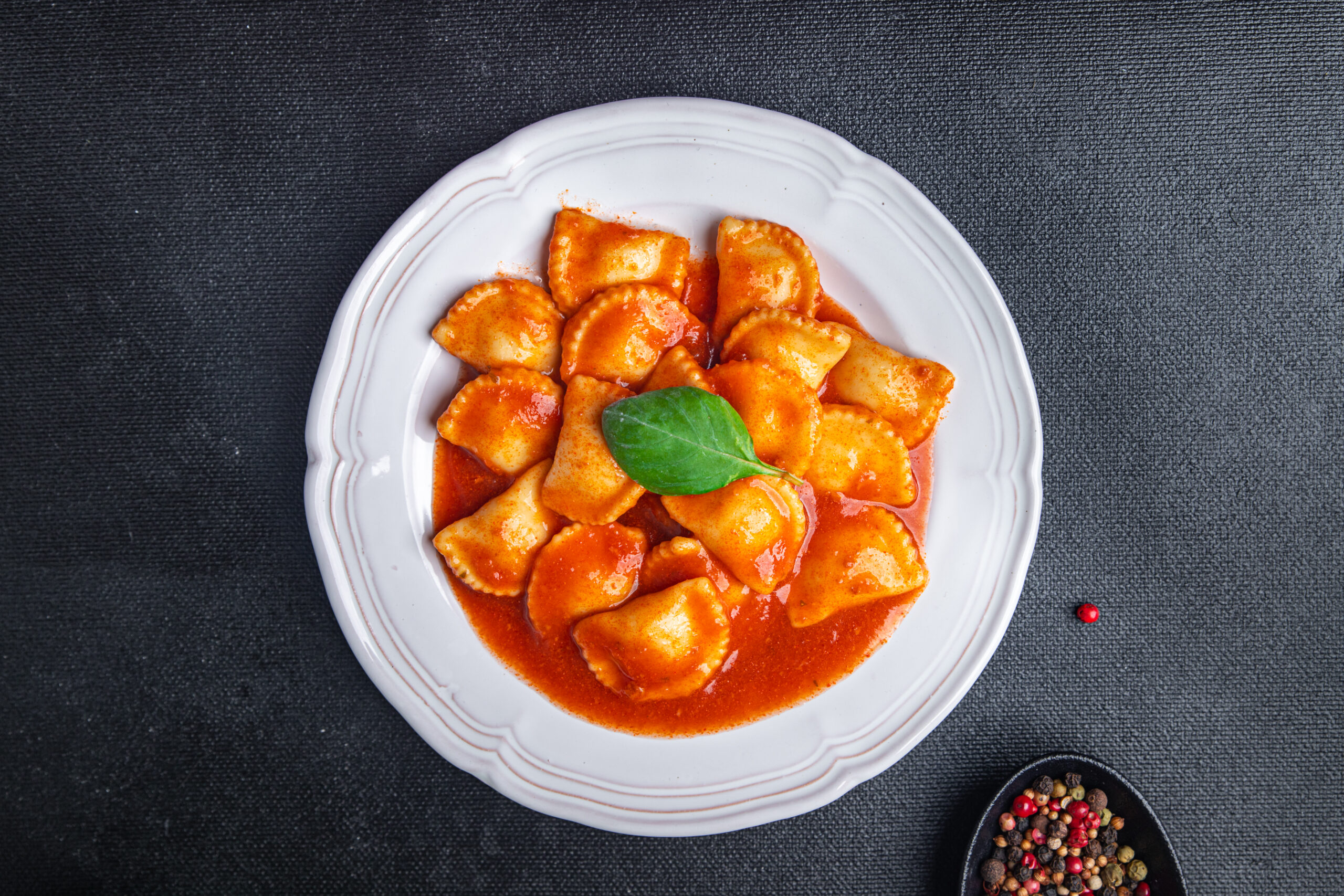
Marinara and tomato sauce each offer unique versatility in cooking. Marinara sauce, with its simple ingredients, shines in dishes like pasta, pizza, and as a dipping sauce.
Its quick preparation makes it a great choice for weekday meals and fresh, light dishes. Tomato sauce, being more complex, can be used in a broader range of recipes.
It’s perfect for hearty dishes like lasagna, meatballs, and stews, where its rich, deep flavors complement other ingredients. Its versatility even extends to casseroles and soups.
and as a base for other sauces, making it a staple in more intricate and layered recipes.
Spice Secrets

Spices play different roles in marinara and tomato sauce. Marinara sauce often keeps it simple with just a pinch of red pepper flakes to add a bit of heat.
This minimalist approach lets the primary ingredients shine without overpowering them. Tomato sauce, however, embraces a wider array of spices to build its complex flavor.
Common additions include black pepper, red pepper flakes, and sometimes even nutmeg or cloves for a subtle warmth. These create a deeply flavorful sauce for heartier dishes.
Texture
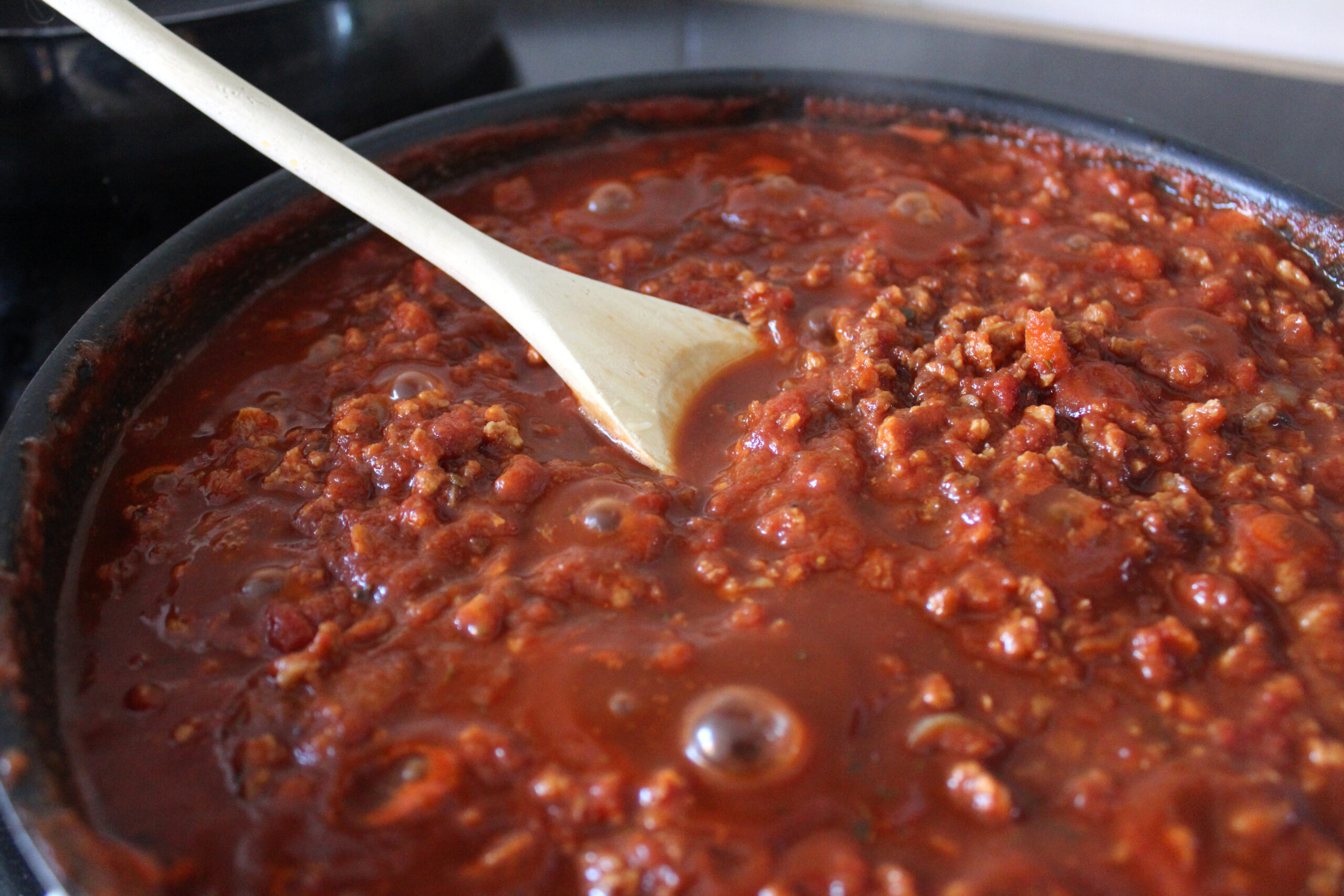
The textures of marinara and tomato sauce differ significantly due to their ingredients and cooking methods. Marinara sauce typically has a chunky, rustic texture.
It’s often made with whole or hand-crushed San Marzano tomatoes, giving it a fresh and slightly coarse consistency that pairs well with the sauce’s quick cooking time.
In contrast, tomato sauce generally has a smoother, thicker texture. This is achieved by using pureed or finely crushed tomatoes for a velvety-rich sauce.
Garlic

Garlic plays a crucial role in both marinara and tomato sauce, but its use varies slightly between the two. In marinara sauce, garlic is a primary flavor component.
Typically, it’s sliced thinly or minced and sautéed in olive oil until fragrant but not browned. This brief cooking time ensures the garlic flavor remains fresh and prominent.
In tomato sauce, garlic is also essential but often used alongside onions and other vegetables. It’s usually finely chopped or minced and sautéed.
Wine Whispers

Wine adds depth and complexity to both marinara and tomato sauce, but its use varies. In marinara sauce, wine is less common, but chefs often use it to deglaze the pan.
This enhances the sauce’s flavor without overshadowing its fresh, simple profile. Tomato sauce often includes wine, usually red, added after sautéing the garlic and onions.
Simmer the wine to reduce and meld with the other ingredients, contributing to the sauce’s rich, layered taste. You can also use white wine for a lighter flavor.
Onion Insights

Onions play different roles in marinara and tomato sauce. In marinara sauce, onions are not traditionally used, allowing the focus to remain on the tomatoes, garlic, and herbs.
This keeps the sauce light and fresh, highlighting the simplicity of its ingredients. In contrast, tomato sauce often includes onions as a key ingredient.
Usually, you finely chop and sautée them at the beginning of the cooking process. This works wonders for adding a sweet and savory depth to the sauce.
Meat Matters

You can add meat to both marinara and tomato sauce, but it serves different purposes and changes the sauce’s character significantly.
Marinara sauce typically does not include meat. However, for a heartier variation, some recipes might add small amounts of pancetta or anchovies.
Tomato sauce, on the other hand, often incorporates meat to create a more substantial dish. Ground beef, pork, sausage, or a combination of these are popular additions.
Seafood Stories

Seafood can be a delightful addition to both marinara and tomato sauce. Marinara sauce pairs exceptionally well with seafood, complementing its light and fresh flavors.
Classic dishes like spaghetti alle vongole and seafood marinara feature shellfish, shrimp, or calamari. The quick cooking time of marinara sauce preserves the delicate texture.
Tomato sauce, with its rich and hearty profile, also makes a great base for seafood dishes. Chefs commonly use it in recipes like cioppino or seafood pasta.
Cheese

Cheese plays distinct roles in marinara and tomato sauce dishes. Marinara sauce, with its fresh and light profile, often pairs well with grated Parmesan or Pecorino Romano.
Tomato sauce, being richer and more complex, can handle more substantial cheeses. You can use it in baked dishes like lasagna, with layers of mozzarella and ricotta.
In meatball subs or chicken Parmesan, the sauce and melted cheese blend perfectly, enhancing the savory and hearty flavors of the dish.
Serving Suggestions

When serving marinara sauce, think light and fresh. It’s perfect over pasta like spaghetti or penne, topped with grated Parmesan and fresh basil.
It also makes a great dipping sauce for mozzarella sticks or garlic bread, and is delicious on homemade pizza or as a base for eggplant Parmesan.
Tomato sauce, with its rich and hearty flavor, is ideal for more robust dishes. Use it in lasagna, baked ziti, or meatball subs. It’s also fantastic as a sauce for stuffed peppers.
Nutritional Differences
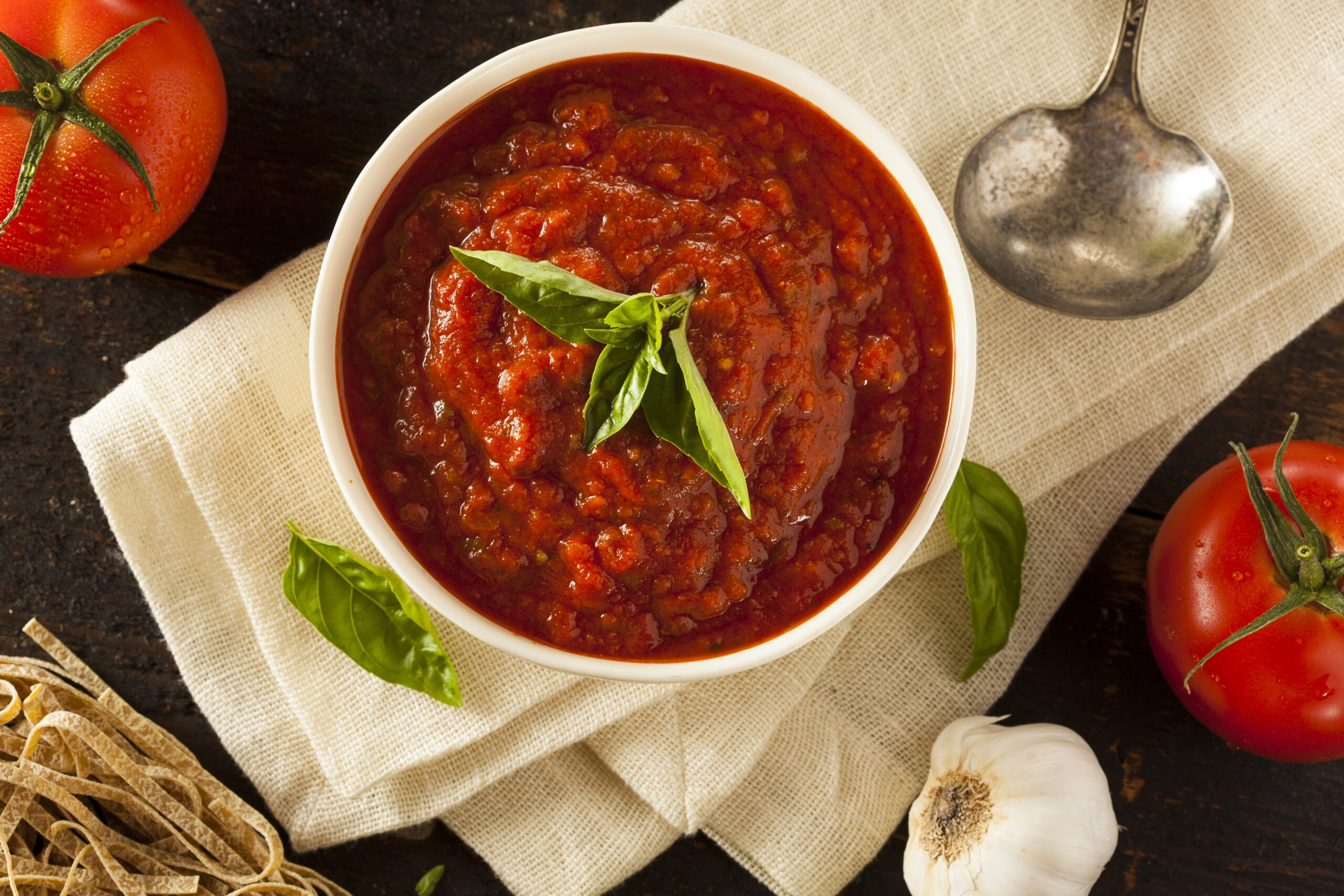
Marinara and tomato sauce have different nutritional profiles. Marinara sauce is usually lighter, with fewer calories and less fat. It primarily contains tomatoes, garlic, olive oil, and herbs.
With those ingredients, it’s great at providing vitamins A and C, potassium, and fiber. Tomato sauce, with ingredients like meat, can be higher in calories and fat.
It often contains added sugars and sodium, contributing to a richer flavor. Both sauces offer antioxidants from tomatoes, but tomato sauce may have a slightly higher nutritional complexity.
Traditional Pairings
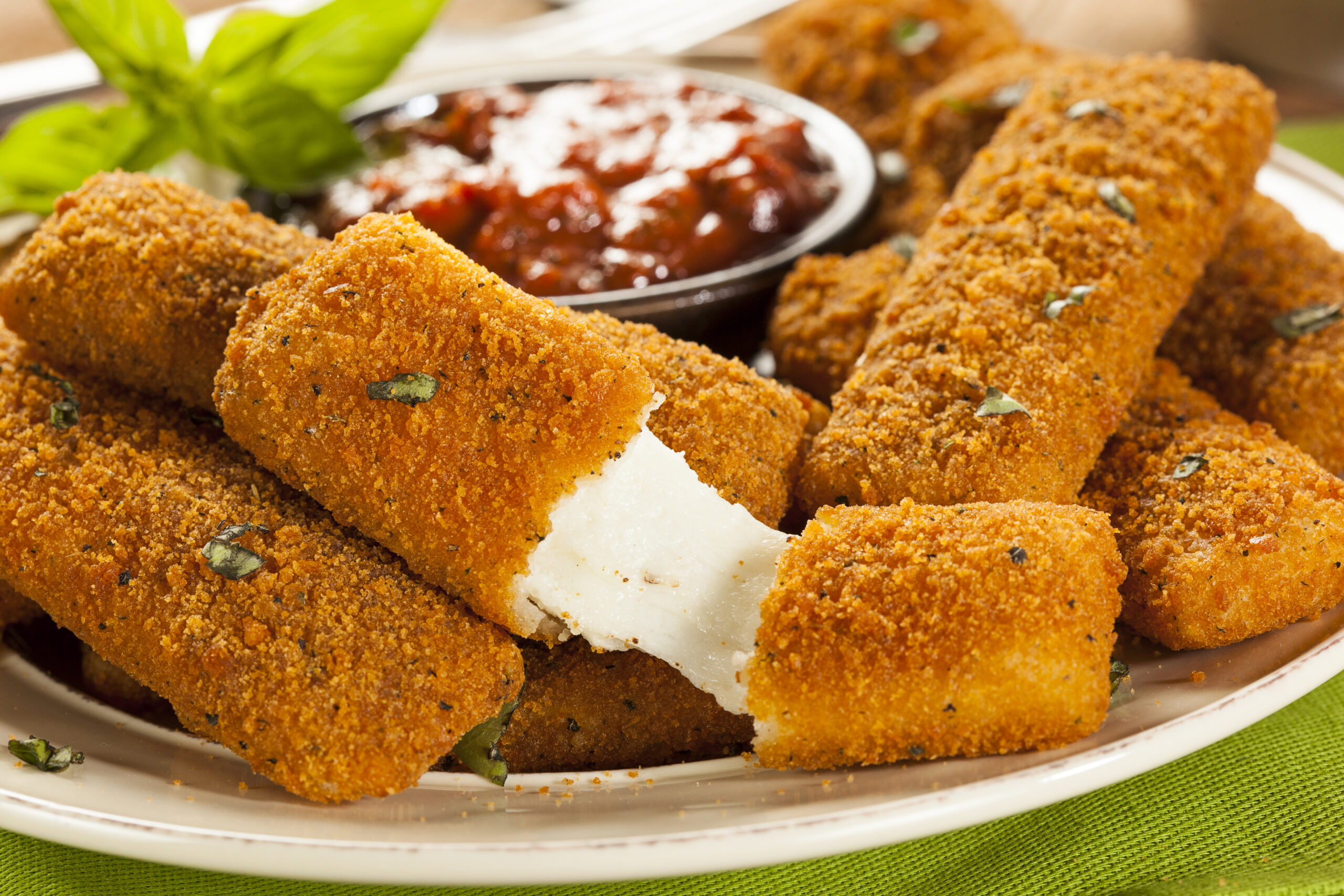
Marinara and tomato sauce each have traditional pairings that highlight their unique flavors. Marinara sauce is commonly used with pasta dishes like spaghetti and penne.
You can also use it on pizza and as a dipping sauce for mozzarella sticks and garlic bread. It pairs well with lighter, fresher dishes due to its simplicity.
Tomato sauce, with its richer and more complex profile, is ideal for hearty dishes. It’s a staple in lasagna, baked ziti, meatball subs, and chicken Parmesan.
Regional Variations
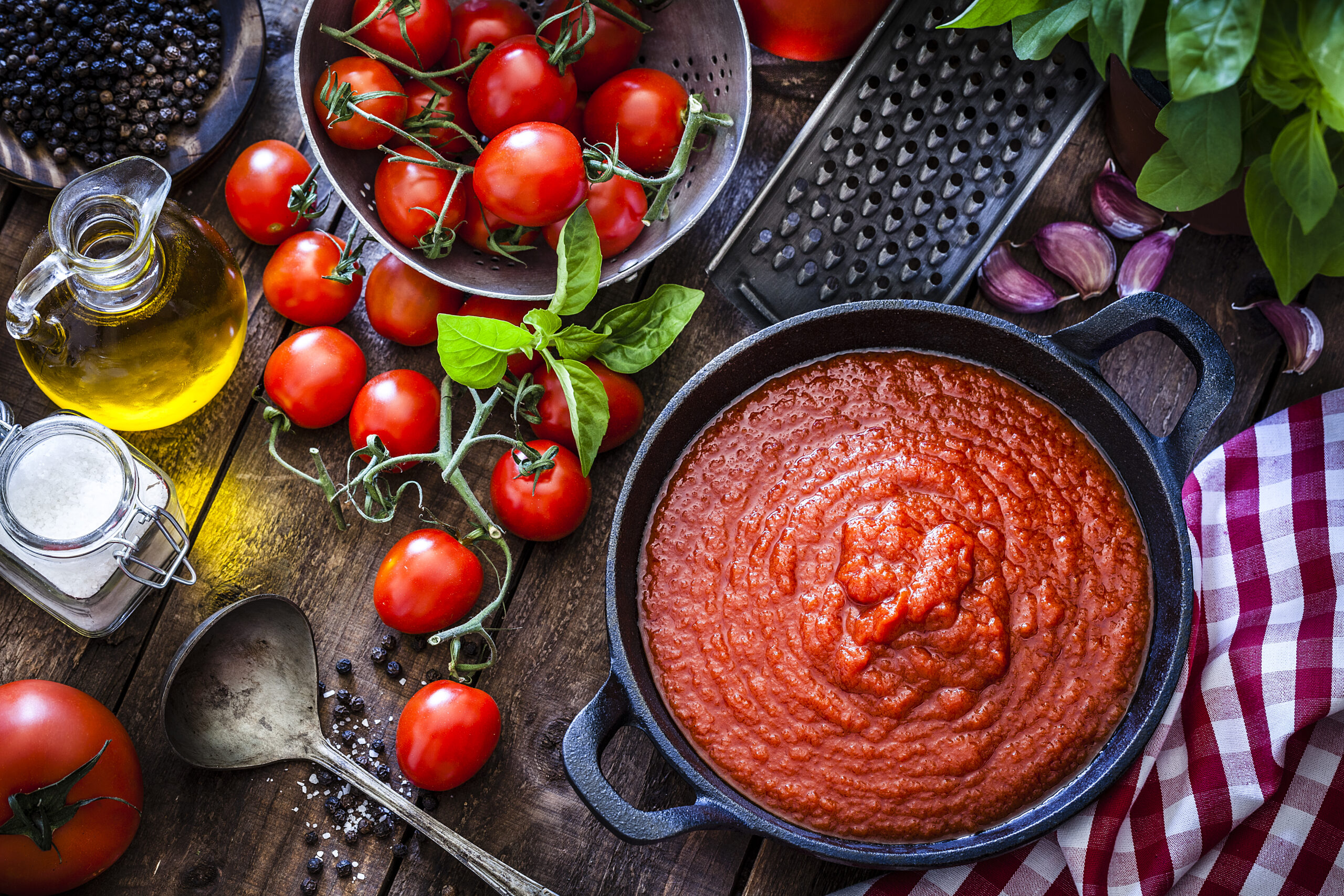
Marinara and tomato sauce have regional variations that showcase local ingredients and culinary traditions. In Naples, marinara sauce is kept simple.
It uses tomatoes, garlic, olive oil, and basil, reflecting its quick and fresh origins. In Sicily, capers and olives might be added, giving the sauce a briny flavor.
Tomato sauce varies more broadly. In Northern Italy, it might include butter, carrots, and celery, creating a richer, smoother sauce. Southern Italian versions are spicier.
Homemade vs. Store-Bought
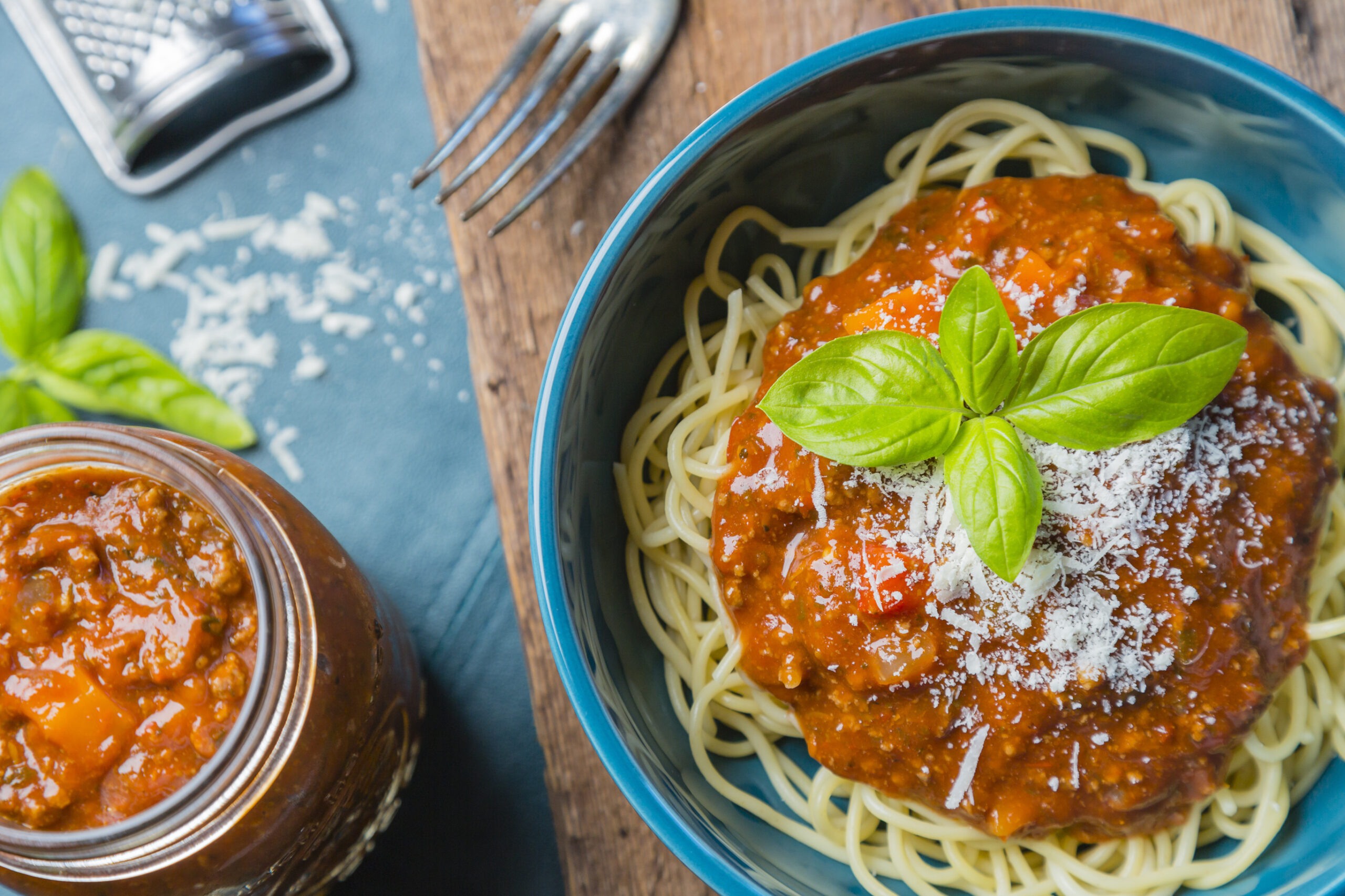
When comparing homemade and store-bought marinara and tomato sauces, several factors come into play. Homemade sauces allow for complete control over ingredients.
They often have a more vibrant and authentic flavor, especially when using high-quality tomatoes like San Marzano. Store-bought sauces may contain preservatives and added sugars.
Plus, the flavor can sometimes be less nuanced compared to homemade versions. Balancing convenience with nutritional preferences is key for both marinara and tomato sauces.
Dietary Adaptations
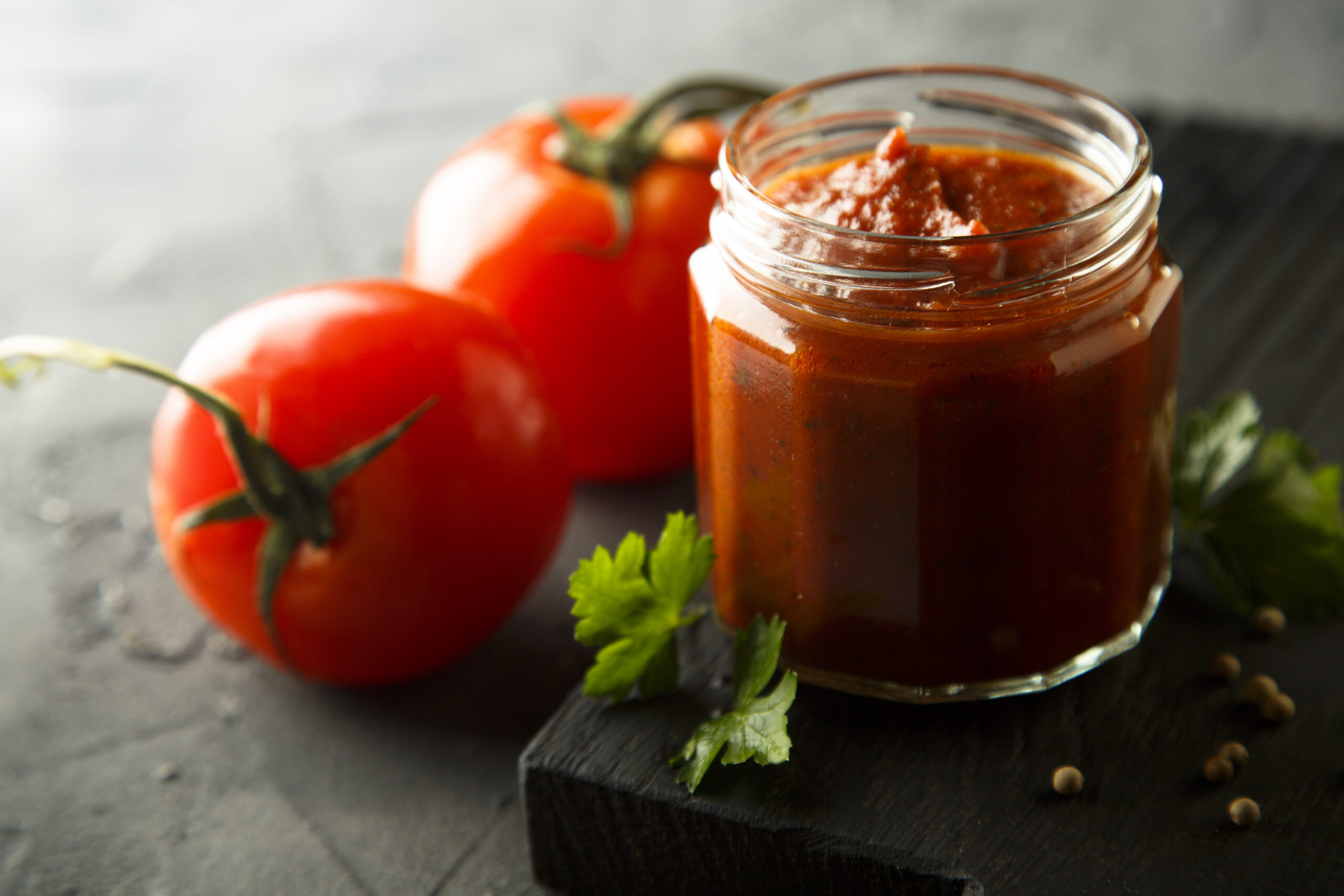
Both marinara and tomato sauce can be adapted to suit various dietary needs. For a vegan version, ensure no animal products like cheese or meat are included.
Gluten-free adaptations are straightforward, as these sauces are naturally gluten-free; just avoid cross-contamination. For low-sodium diets, opt for homemade sauces.
Diabetics can benefit from making sauces at home to avoid added sugars often found in store-bought versions. Keto-friendly versions can minimize carbs. by using less tomato paste.

